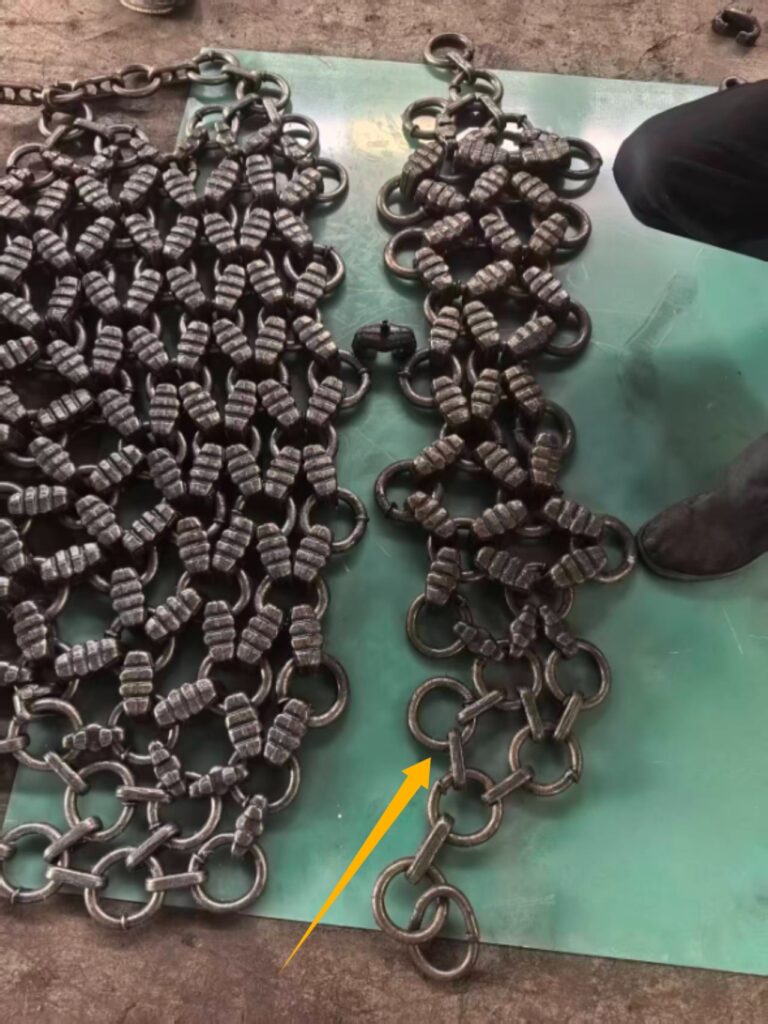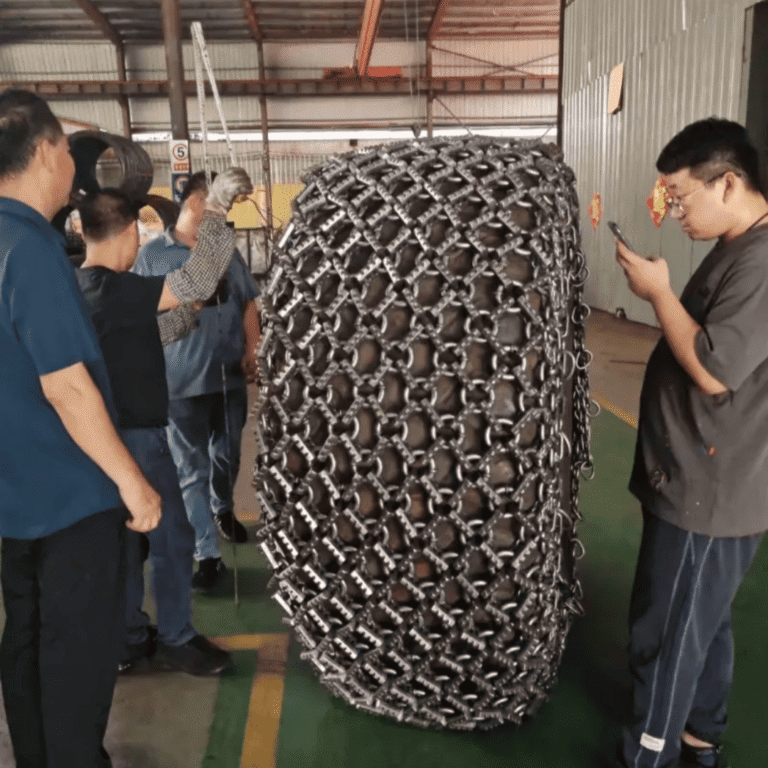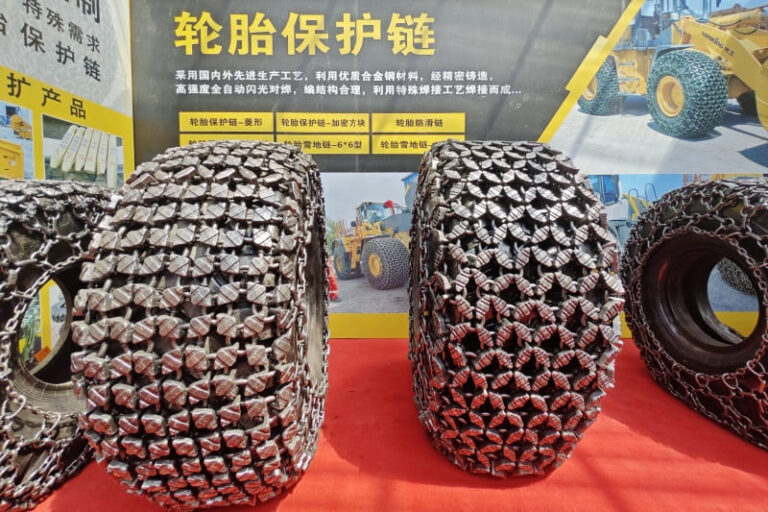What You Need to Know Before Buying Tire Snow Chains
Before purchasing tire snow chains, there are several key factors to consider. First and foremost, ensure the chains are the correct size for your tires. Check the sidewall of your tires for specifications (e.g., 17.5-25) and select chains that match—slightly larger is better than too small. Also, confirm there’s enough clearance between your tires and wheel wells for proper installation.
Next, choose the right material based on your needs. **Metal chains** offer the strongest traction for extreme winter conditions but are heavier and noisier. **Rubber chains** are lightweight, quieter, and ideal for city driving, while **composite chains** provide a balance of durability and comfort but at a higher cost. Always check the weight rating to ensure they can support your vehicle.
Installation and usage also require attention. Practice putting them on in dry conditions before you need them in snow. Once installed, **do not exceed 40 km/h (25 mph)**, and only use them on snow or ice—remove them immediately when driving on clear roads. After use, clean and dry the chains thoroughly. For metal chains, apply anti-rust oil, and store them flat to avoid damage. Opt for **reflective chains** for better visibility at night, and keep your receipt for warranty purposes.
By keeping these points in mind, you’ll choose the right snow chains for safer winter driving.






